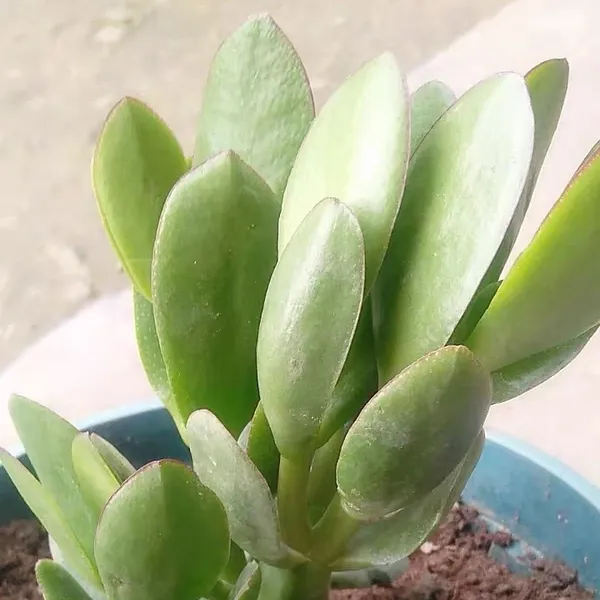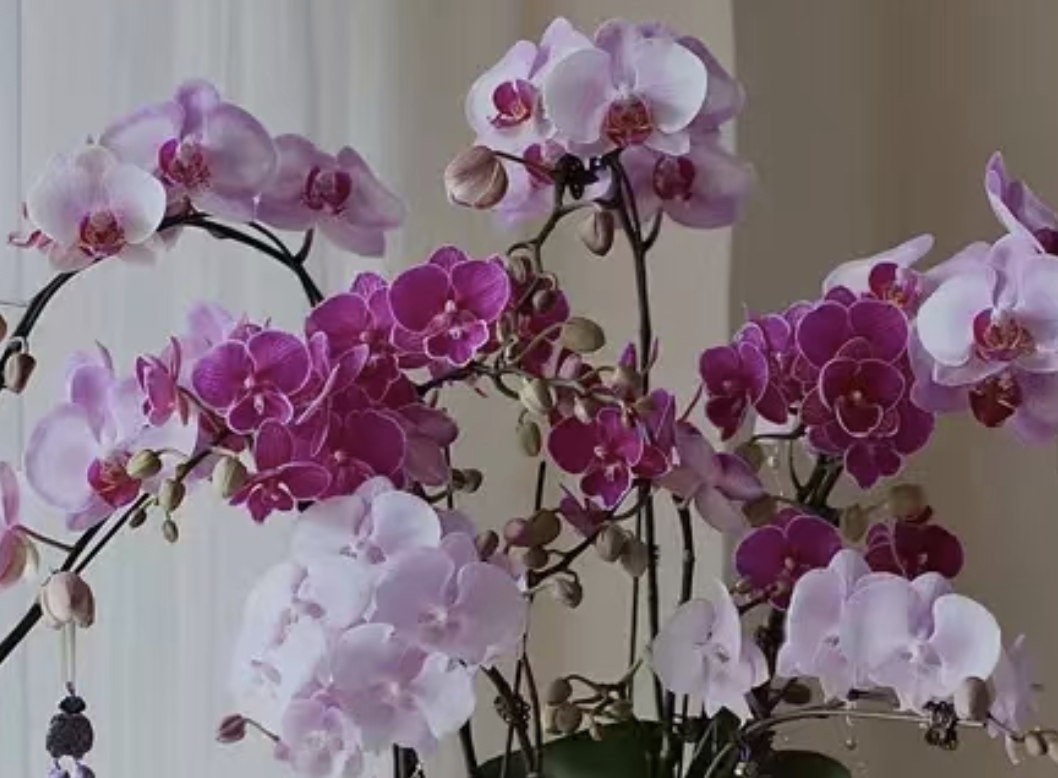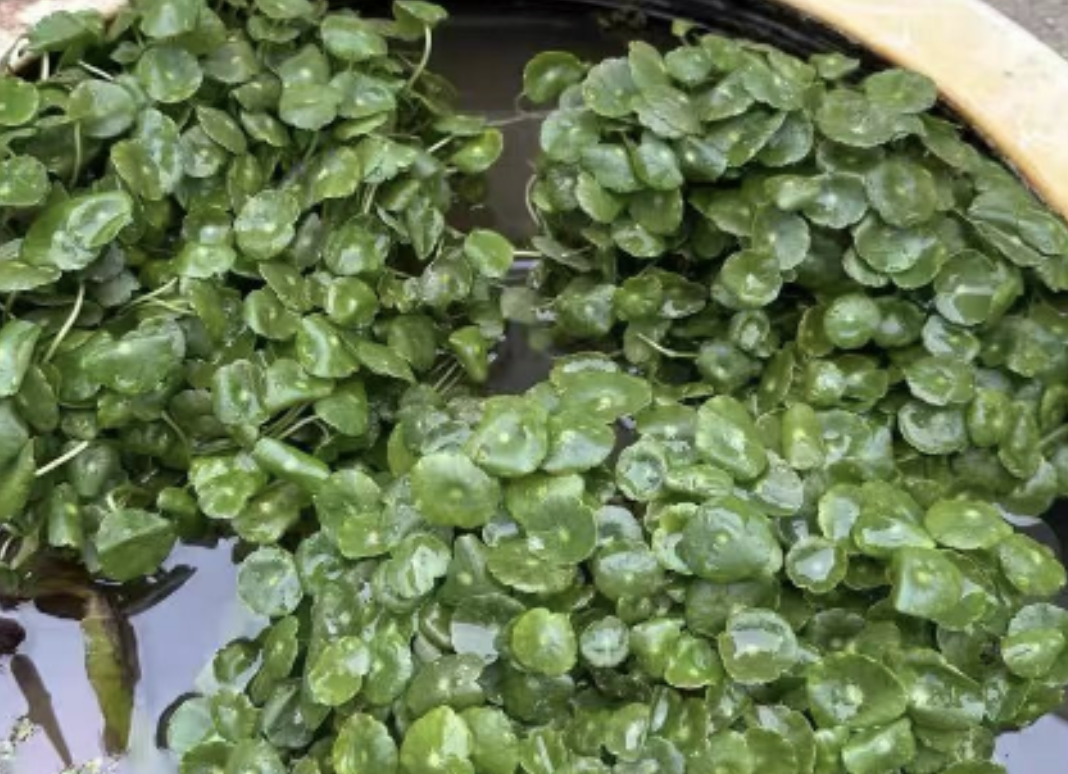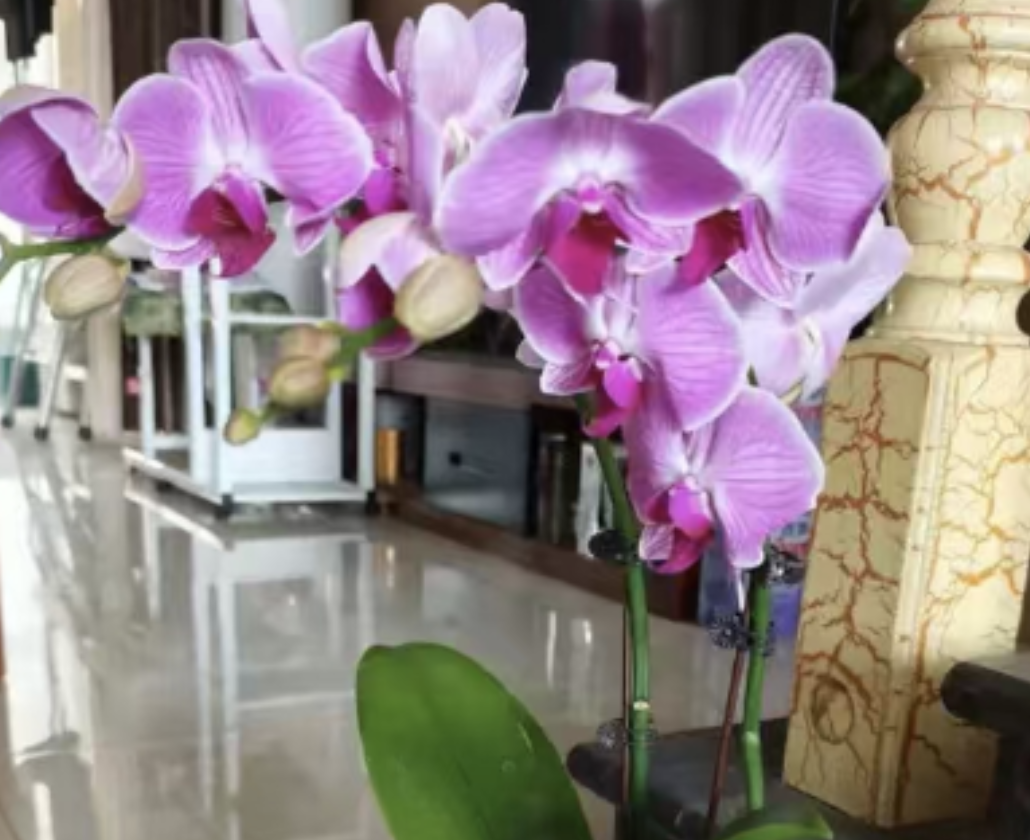Crassula arborescens is really a "worry-free representative" among succulents. Its leaves are plump and emerald green, and the branches and stems develop a sense of being an old stump as they grow, bringing a vibrant vibe to the home. However, when the high-temperature days of summer arrive, it is prone to problems—root rot, sun-scorched leaves, and a wilted, listless appearance. In fact, these are all due to improper care details! Today, I'll make it clear: there are "3 pitfalls" that must be avoided when raising Crassula arborescens in the hot season. Follow this advice, and your Crassula arborescens will stay lush and green through the summer safely.
### 1. Don't water every day
Many people think that in summer, with high temperatures and fast water evaporation, they should water Crassula arborescens every day, but the result is that the more you water, the more the roots rot! Actually, Crassula arborescens is a "water storage expert" among succulents. Its leaves and stems store a lot of water, so it's not afraid of drought at all.
In high temperatures, the activity of Crassula arborescens' roots weakens, and their ability to absorb water decreases. Watering too frequently at this time keeps the potting soil constantly damp. The roots, trapped in this airless environment, are prone to rot (yellowing and softening leaves are a sign of this). The correct approach is: wait until the top 2/3 of the potting soil is dry, then slowly water thoroughly along the edge of the pot. Remember to pour out any standing water in the saucer after watering. The flowerpot must have drainage holes, and the soil should be breathable succulent soil, so that water can drain in time and prevent root rot.
### 2. Don't expose it to intense sunlight
It's true that Crassula arborescens likes light—sufficient light makes its leaves greener and thicker. But it can't withstand the scorching summer sun! Especially when the temperature exceeds 30°C, the noon sun is like an "oven". After prolonged exposure, the leaves will get sunburned, with scorched spots and dry tips, which is really distressing.
When the temperature rises above 35°C, quickly move the Crassula arborescens to a spot with scattered light, such as by the window, in a corner of the balcony, or set up a sunshade to block the intense light. If you want it to get sunlight, choose the gentle morning or evening sun. This way, it can meet its light needs without getting sunburned, and the leaves will stay shiny and plump.
### 3. Don't fertilize randomly
When it gets hot in summer, Crassula arborescens "stops growing" and enters a semi-dormant state. At this time, it has no need for fertilizer at all. If you still try to fertilize it to "supplement nutrients", it will instead burn the roots! The fertilizer will accumulate in the soil, and since the roots can't absorb it, they will get "burnt". The leaves will turn yellow and fall off, and in severe cases, the entire plant may die.
Fertilize Crassula arborescens only in spring and autumn when the weather is cool! That's when it grows rapidly, and you can apply diluted succulent fertilizer once a month. There's no need to fertilize at all in summer—just let it rest quietly, and it will naturally resume growth when the weather cools down.
In fact, raising Crassula arborescens in the hot season isn't that difficult. Remember these three points: "don't overwater, don't expose to intense sunlight, don't fertilize randomly", and ensure good ventilation (open windows more or place it in a well-ventilated area). This way, you can avoid most problems and help it get through the summer safely.
What is the big taboo for cultivating Crassula arborescens in summer?

Share with
Tagged in :




Leave a Reply